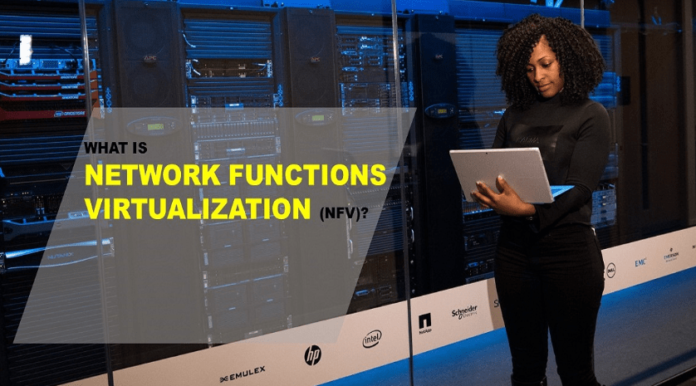When discussing network functions of business, the network functional architecture is one of the most important characteristics that separate a basic network approach from a successful and profitable enterprise solution. In short, it refers to the design of a computer network’s key network elements – routers, switch stations, and IP phones – in such a way as to support efficient communication within an organization or enterprise. In the business environment, network functions involve many different functions such as network marketing, sales, customer service, technical support, and accounting. NFV refers to virtual network functionality, which is more flexible than traditional VDI and can be applied directly to existing or new business applications. In addition, NFV has the following defining characteristics:
Storage of information Virtualization refers to the separation of hardware from data and the use of memory as well as I/O devices to hold and access information. For instance, in a conventional file server network administrators can use virtual machines to store files and information while in a network with virtual machines, network administrators can use virtual machines to run applications. This reduces network administration time and improves productivity.
Network function Virtualization enables network forwarding functions to use non-hardware based I/O devices such as a device manager, scheduler, or a hardware abstraction layer such as the NFS or CIFS file systems. This is especially useful for small network setups where all servers and workstations utilize software that would otherwise have to be licensed and loaded onto each machine. For instance, with a Citrix NetWare Workstation runs on a 3.5″ rack-mountable PC card, network forwarding functions can send requests to Citrix stored procedures stored in a non-hypervisor host such as the file system.
The other advantage of network service providers virtualization is that it allows new network functions, which can be either standalone or server based, to be provisioned while they are being created or when they are being deployed. This is important because when a server is newly created, there is a risk that the operating system or services could become unstable during this time. By using network service providers the new services can be provisioned and then set up while the server is being created.
In addition to these benefits, there are other reasons why network functions virtualization infrastructure is important to network service providers. One reason is that virtual private server solutions, which are commonly referred to as VDI for short, allow providers to make use of any type of hardware that will make the application more efficient and less expensive to support. By using this solution instead of buying and maintaining expensive dedicated servers, providers will have greater availability of capacity and processing power. Another reason is that VDI greatly reduces IT costs by utilizing existing infrastructure and reducing the costs associated with maintaining that infrastructure.
One of the most significant benefits that VDI can provide is what is called reduced vendor lock-in. Network function virtualization provides a means for vendors to provide features that their customers want at a discounted rate if they are willing to take on additional risk in providing the solution. If an application that runs on a network with VDI can only be run on one computer, then the cost to maintain that application will increase significantly. With VDI, networks can use software that is available to run on multiple computers and still have all of the benefits of having VDI. This leads to significantly reduced vendor lock-in, which leads to better performance and more efficient use of network resources.

![What is a POC [Proof of Concept]? – Definition, Uses, Features and More What is a POC [Proof of Concept]? – Definition, Uses, Features and More](https://www.todaytechmedia.com/wp-content/uploads/2022/02/r-218x150.jpg)









